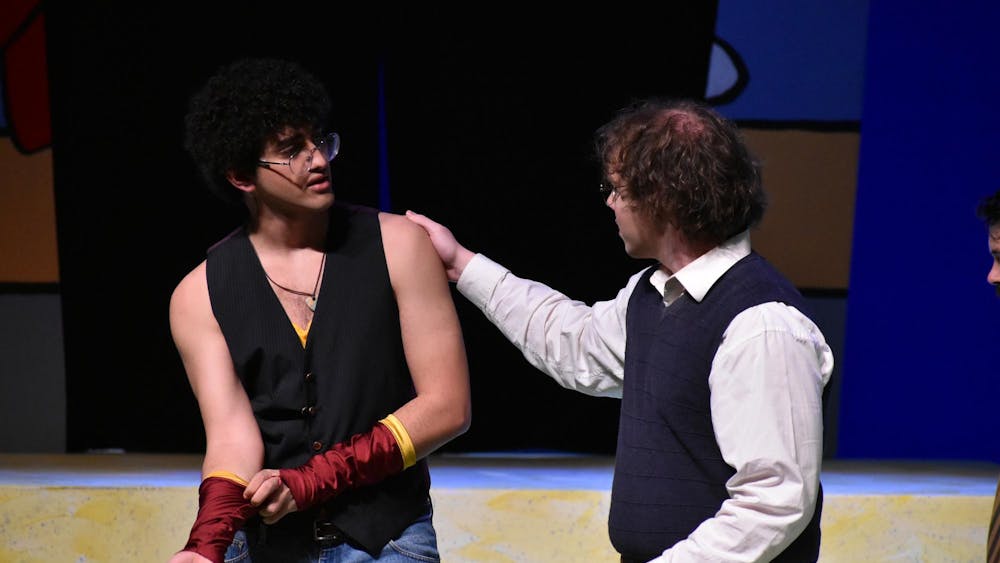The much anticipated sequel to 2021’s science fiction epic “Dune” has finally arrived in theaters.
Picking up right where the first film left off, “Dune: Part Two” sees Timothée Chalamet reprise his role as Paul Atreides, a Messianic figure to the Fremen people. The films are set on the desert planet Arrakis, an inhospitable world with deadly, giant worms. On Arrakis, the characters fight for control of a drug known as “Spice,” which grants enhanced abilities and makes space travel possible.
“Dune: Part Two” and its predecessor were directed by Denis Villeneuve. They are adaptations of the 1965 novel “Dune” by Frank Herbert. Both films adapt the first book of Herbert’s series.
Highs
“Dune: Part Two” is a long movie, clocking in at 2 hours and 46 minutes. Though this may bore some viewers who are not into the genre, it provides an exquisite experience for those who are.
The film is masterfully written. Intricate and shifting alliances clash over Arrakis with enduring well played characters. The film leaves ample time for the viewer to get swept into the story. The length and slower pacing allow this expansive epic time to breathe.
Throughout, it is visually a masterpiece. From widescreen breathtaking views of spaceships and monsters to detailed, creative costumes and props. The film imagines a vivid, interstellar, far future.
With multiple points of views to follow from many famous actors, they across the board give impressive performances, embodying these far off people. Zendaya, who plays the role of Chani, is especially welcomed, having been mostly absent from the first film, she shines in the sequel. Austin Butler’s bloodthirsty villainy and Florence Pugh as a concerned and thoughtful princess are also excellent new additions to the “Dune” franchise.
At the heart of the movie is the chosen one trope. Though this trope is tired, “Dune” deconstructs it. It is a breath of fresh air even though the story is nearly six decades old.
Lows
Though “Dune” deconstructs the chosen one trope, it is plagued by another tired one: the white savior narrative.
The Fremen people borrow several cultural cues from Arab cultures and Islam, so there is also the question of cultural appropriation. Though “Dune” does portray the Fremen in a positive light, they are still ultimately saved by a literal white savior.
The film does attempt to avoid this trope by having characters argue the Fremen should save themselves, but there is not enough focus on this conflict to fully defang the trope.
Verdict
“Dune: Part Two” would be perfect if not for its questionable handling of culture. It is a blockbuster epic that skillfully understands how to create a good space drama with a team of people, both in front and behind the scenes, who bring their best.
“Dune: Part Two” is currently playing in theaters. The Eastern Echo has also reviewed the first “Dune” movie, which can be found here.
Rating: 9 out of 10 stars.
Frank Remski is a film and theater reviewer for The Eastern Echo. He is majoring in media studies and journalism and minoring in public relations. He has worked for The Echo since the summer of 2023 and has written both news stories and opinion pieces.










